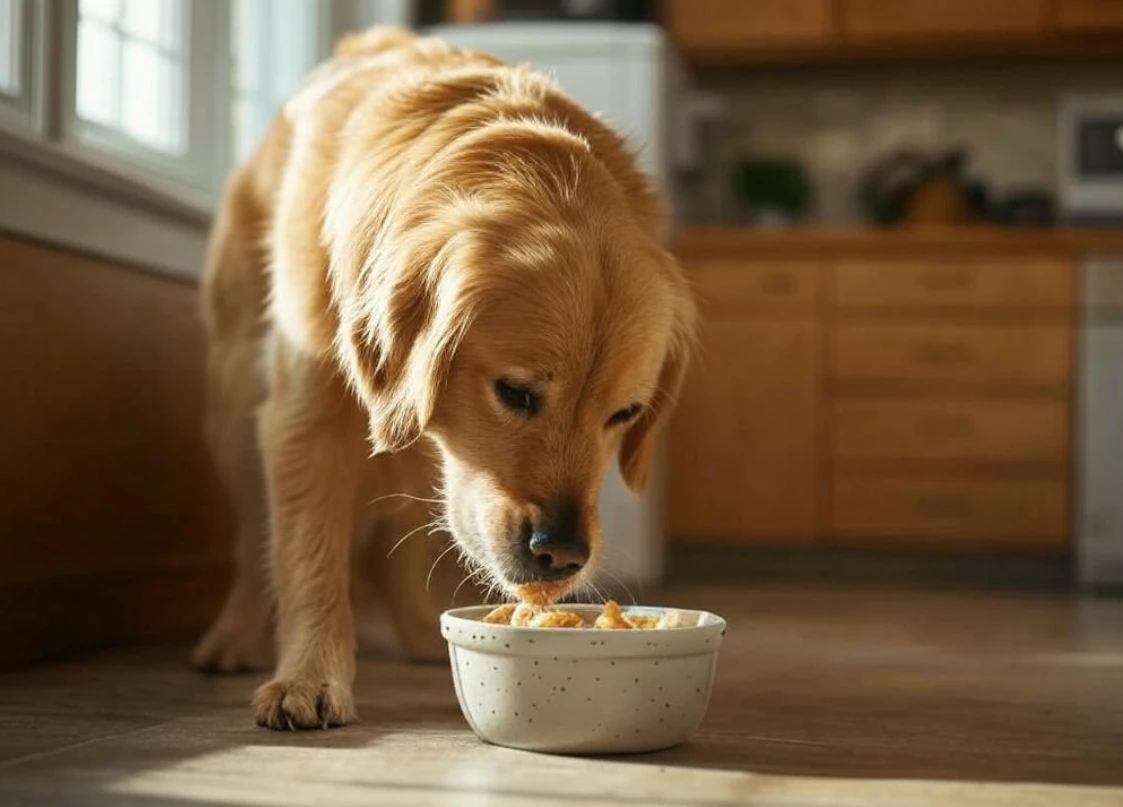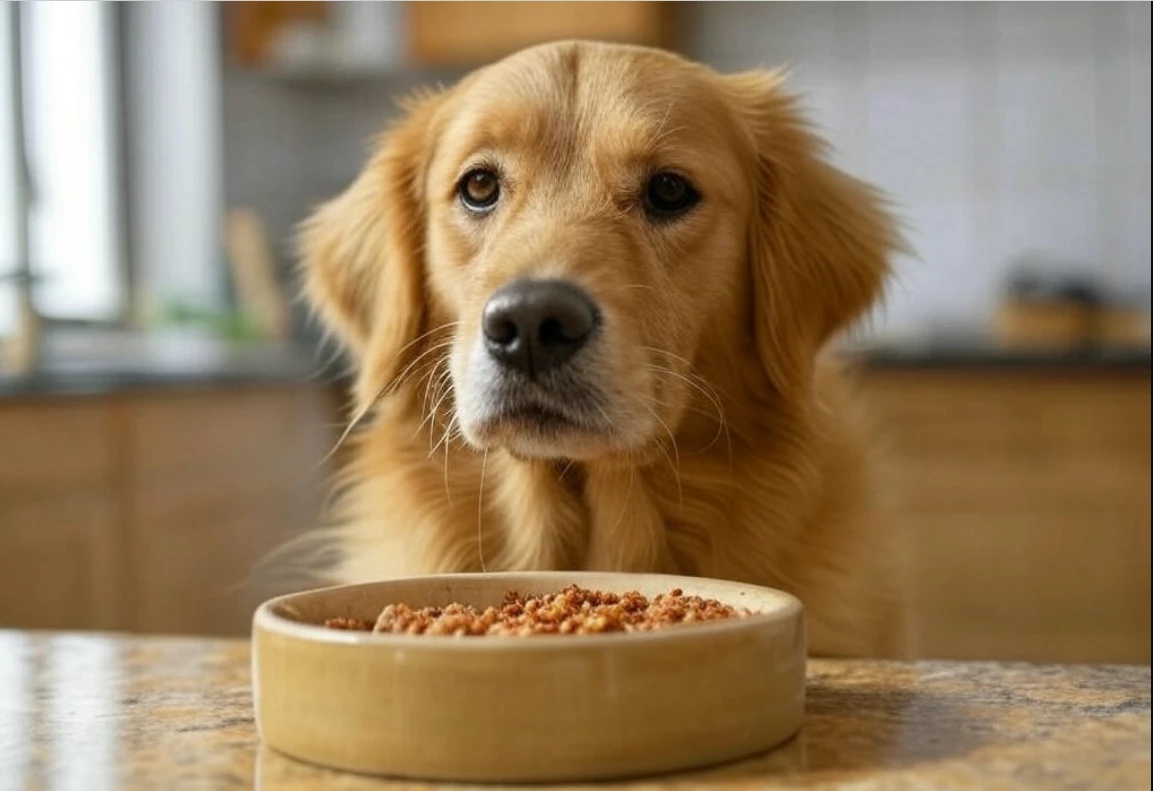
Dogs are more than just pets - they’re family. Their wagging tails, playful barks, and eager eyes at mealtime bring joy every day. So when your dog stops eating, it’s natural to feel a pang of worry. Is it a passing mood, or something serious? If your furry buddy is turning away from their bowl, you’re not alone - this happens to lots of dog owners. The good news is there’s always a reason, and plenty of ways to help. In this guide, we’ll uncover why dogs refuse food, what might be wrong, and how to get them back to gobbling up their meals. Let’s figure out what’s going on with your pup and get that tail wagging again!
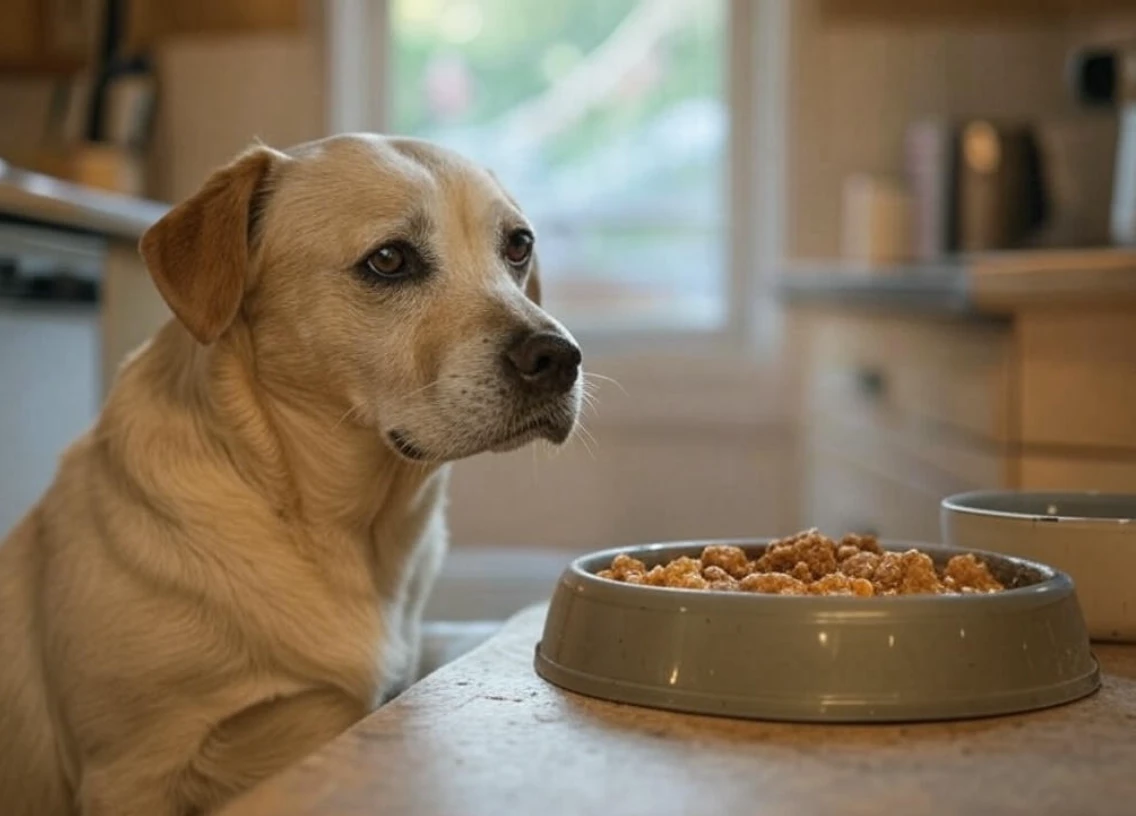
A dog not eating isn’t just about a skipped meal - it’s a signal something’s off. Most dogs live for food, so when they push their bowl away, it’s worth paying attention. It could be as simple as boredom with their kibble or as complex as a hidden health issue. Whatever the cause, understanding it is the first step to keeping your pet healthy and happy. We’ll walk through the possibilities, from everyday quirks to bigger concerns, and share easy tips to try at home. Ready to help your dog feel better? Let’s dive into why they’re not eating and what you can do about it.
Dogs stop eating for all kinds of reasons. Some are harmless and quick to fix, while others need a little more detective work. Let’s break down the most common culprits behind poor appetite in dogs. Here are a few everyday triggers to check first:
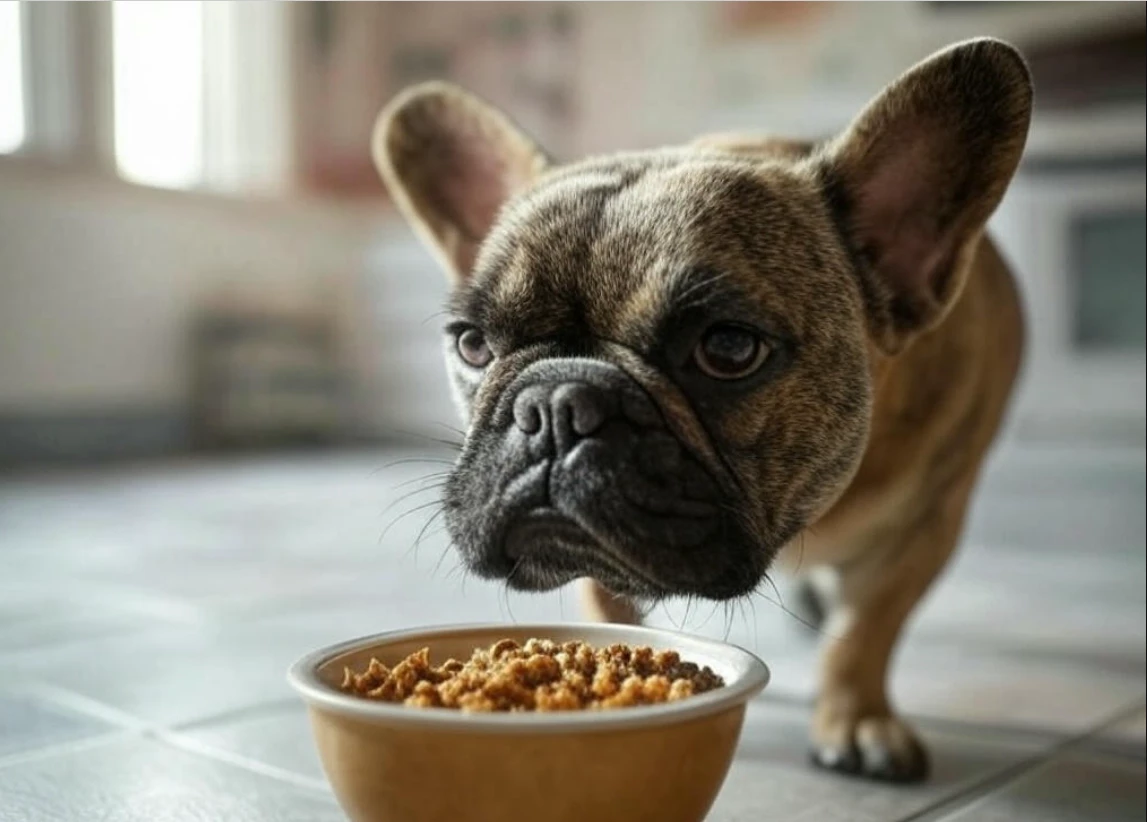
These are just the start. Things like age, minor tummy troubles, or even a dirty bowl can play a role too. Puppies might struggle with teething pain, making hard kibble tough to chew. Senior dogs often eat less as their senses fade or they slow down. And if your pup snagged something weird - like grass or a sock - they might feel queasy for a day. Let’s keep digging to see what else could be up.
When simple fixes don’t work, it’s time to think about health. A dog’s loss of appetite can point to something going on inside. Here’s where it gets serious - health issues can range from mild to major. Watch for these conditions that might be affecting your pup:
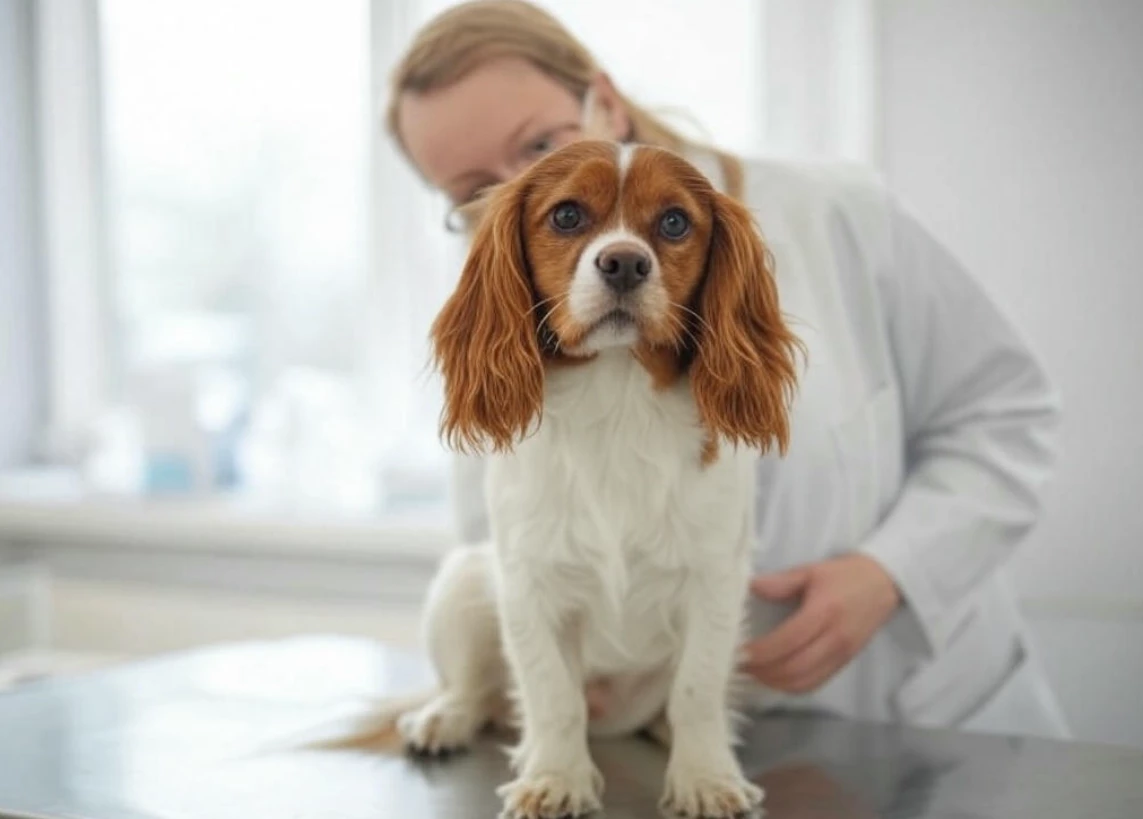
Health problems often pair with other clues. Is your dog sluggish? Throwing up? Acting off? Jot it down - it’ll help figure things out. Not every case is dire, but knowing what’s possible keeps you prepared.
Seeing your dog skip meals is tough, but you don’t have to just sit there. Here’s how to tackle it step-by-step, from easy tries to calling in the pros. Try these ideas to bring back their appetite:
First, watch them. If they skip one meal but seem perky - drinking water, wagging their tail, no puking - wait a day. Healthy adult dogs can go 24 hours without food and be fine. Puppies, tiny breeds, or seniors? They can’t wait as long - check sooner. Is the food fresh? Smell it - spoiled kibble stinks, and dogs hate it. Wash their bowl; old gunk can turn them off. Warm up wet food or add a splash of low-sodium chicken broth to make it yummy. Keep their diet steady - no wild switches yet.
Stress might be the block. Set up a quiet spot for meals - away from loud TVs, kids running around, or that barking neighbor dog. If they’re jumpy, spend extra time with them. A short walk, a favorite toy, or a soft blanket can ease their nerves. If a big change - like a move - hit recently, give them time to settle in. Patience can work wonders.
Try a safe treat to spark their interest. Plain boiled chicken, a spoonful of rice, or a bit of scrambled egg (no salt) can get them nibbling. Don’t overdo it - too many goodies, and they’ll wait for more instead of eating their food. Hand-feeding might help too; it’s cozy and shows you’re there. If they lick it up, mix some into their kibble next time.
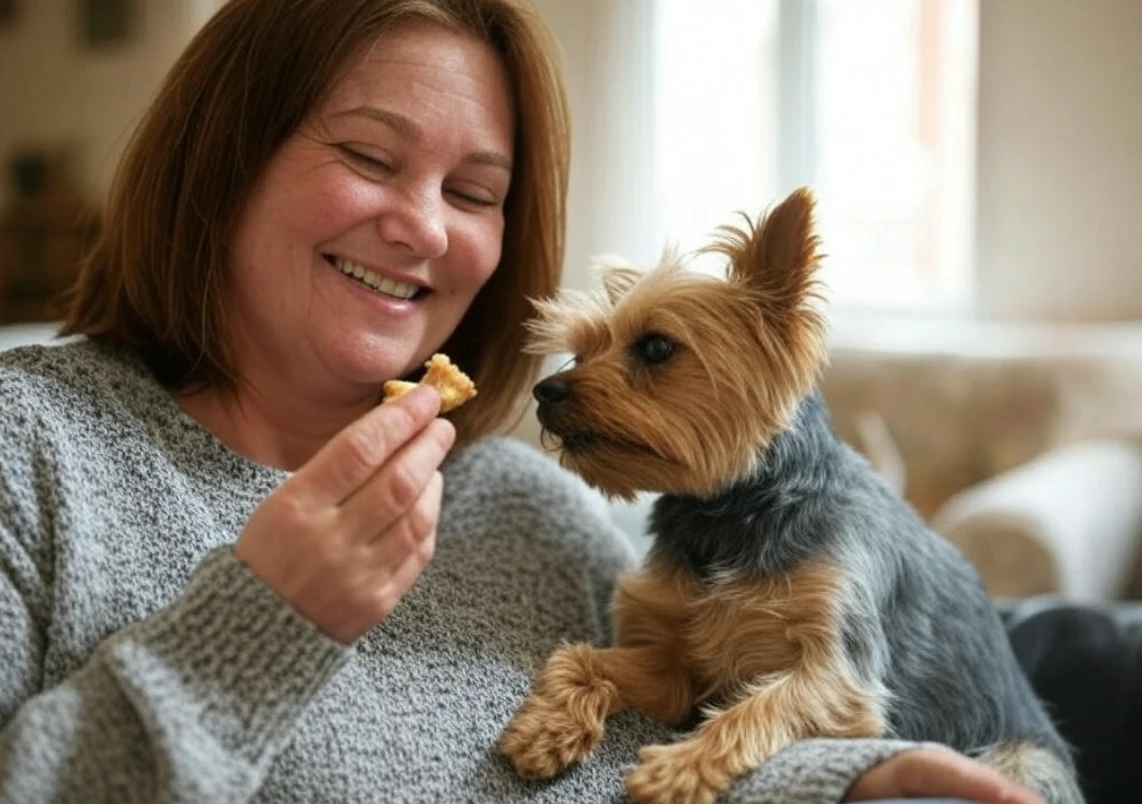
If they’re still not eating after a day or two - or if they’re vomiting, super tired, or dropping weight - call your vet. Bring details: when they stopped, what they ate last, any odd stuff like coughing or limping. The vet might do blood tests, an X-ray, or a quick exam to spot the issue. Quick action can catch big problems early.
Prevention beats a cure every time. Here’s how to keep your dog’s appetite strong and avoid feeding issues down the road:
Little habits like these make a big difference. A happy, active dog is way more likely to dig into their bowl with gusto.
When your dog’s not eating, it’s a puzzle worth solving. It might be a picky phase, a stressful week, or a sign they’re under the weather. Start with the easy stuff - fresh food, a calm spot, a tempting bite. Most dogs snap out of it fast, but if yours doesn’t - or if they’re showing sick dog signs like vomiting, weight loss, or no energy - don’t wait. A vet’s your best friend here. Your pup’s health is everything, and with some care and attention, they’ll be back to chowing down like champs. Keep loving them, keep watching them, and you’ll find the fix together!
